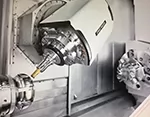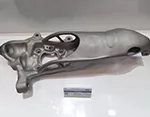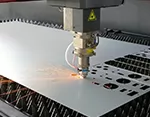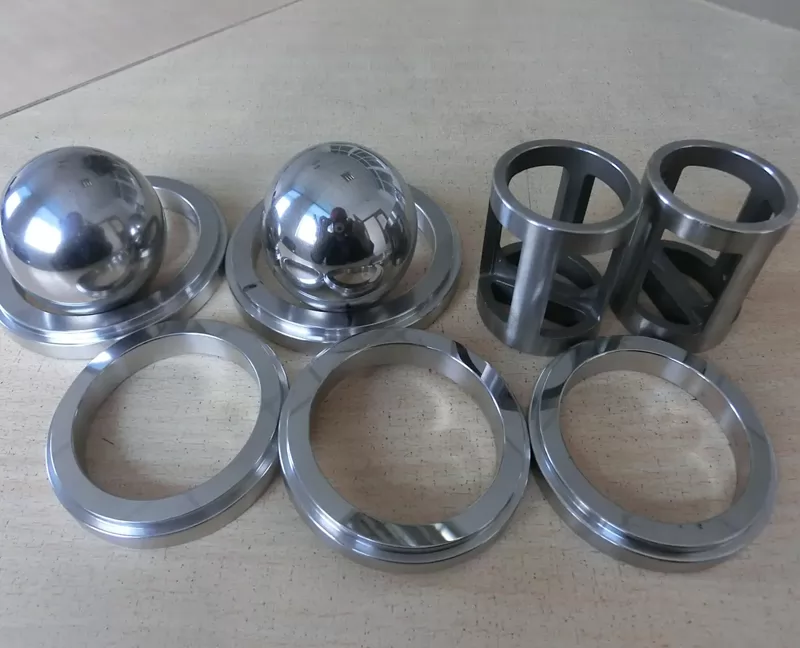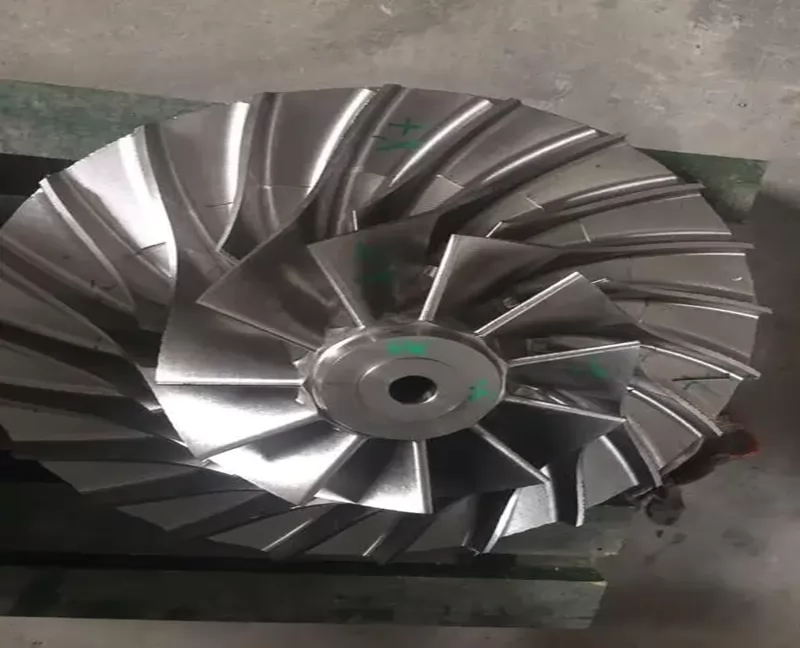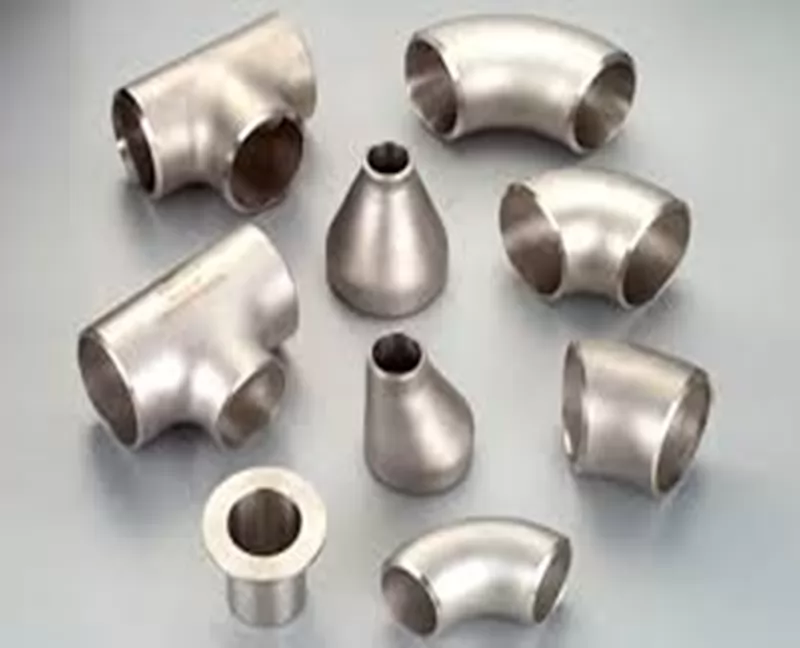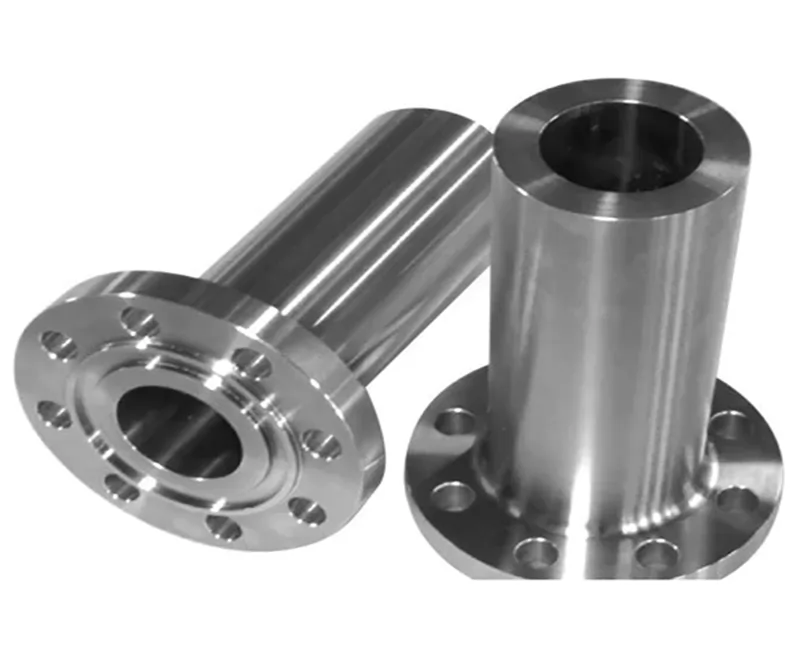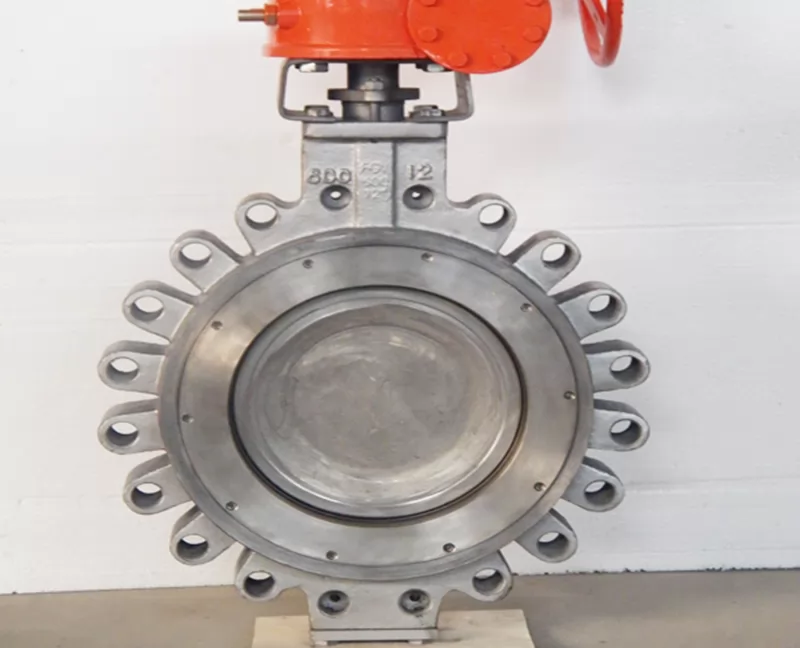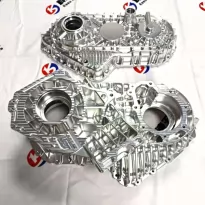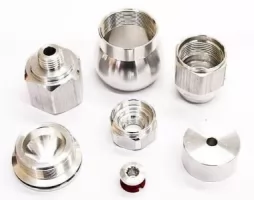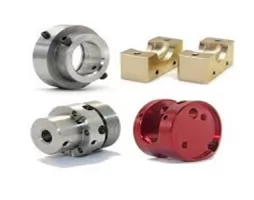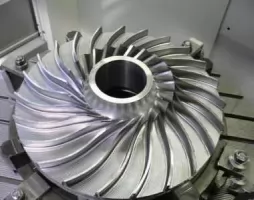-
Service
+
- CNC Precision Machining Service +
- Multi-Axis Simultaneous Machining Service +
- CNC Turning Service +
- Metal 3D Printing Service +
- Rapid Prototyping Service +
- Die Casting Service +
- Sheet Metal Fabrication Service +
-
Finish Serivces
+
- Polishing
- Grinding
- Brushed Finish
- Sand blasting
- Painting
- Powder Painting
- Anodizing
- Hard anodizing Service
- Passivation
- Zinc Plating
- Nickel Plating
- Chrome Plating
- Blackening
- Black Zinc Plating
- Teflon Coating
- Titanium Coating
- DLC Coating
- Laser Marking
- Silk Screen Printing
- Transfer Printing
- Micro Arc Oxidation
- Industries +
- About Us +
- Resource +
- Contact Us
- Quote

-
Service
-
>
-
>
-
>
-
>
-
>
-
>
-
>
-
>
-
- Industries
- About Us
- Resource
- Contact Us
Hastelloy G30 has excellent oxidation resistance in high temperature environments, and its oxidation resistance is better than traditional nickel-based alloys. In the chemical industry, Hastelloy G30 can be used in equipment, pipes and pipe accessories that handle highly corrosive media. For example, Hastelloy G30 is used in pipes, valves and filters in chemical plants. Hastelloy G30 can be used in the field of offshore engineering to manufacture offshore platforms such as pipes, valves and structural parts.
HASTELLOY C-G30:
Physical properties:
Density 8.9g/cm³
Melting point 1370-1400℃
The addition of high melting point powder metallurgy elements tungsten, molybdenum, and vanadium will cause segregation when solidifying inside the casting, resulting in uneven structure. Using alloy powder with a particle size of tens to hundreds of microns, the parts formed by pressing and sintering can eliminate segregation, have a uniform structure, save materials, and are both economical and reasonable.
mplementation standards:
ASTM
Rod B581
Medium/thin plate B582
Seamless pipe B622
Welded pipe B619,B626
Pipe fittings B366
Forgings B462
Carbide and oxide strengthening. Carbide is hard and brittle, and is incoherent with the matrix. Block dislocation cutting. Some carbides are easy to dissolve at high temperatures and can precipitate at low temperatures. They have certain stability at high temperatures and are not easy to grow. Such carbides include VC, M 23 C 6 , NbC, etc. Increasing the content of carbides and their dispersion will help improve the strengthening effect, but too high saturation will form large pieces of carbide precipitation, which will cause brittleness. Through the powder metallurgy method, fine oxide particles that are stable at high temperatures are added to the alloy, such as ThO 2 , Y 2 O 3 , Al 2 O 3 , etc., which are dispersedly distributed and serve to pin dislocations and hinder dislocation movement. effect.
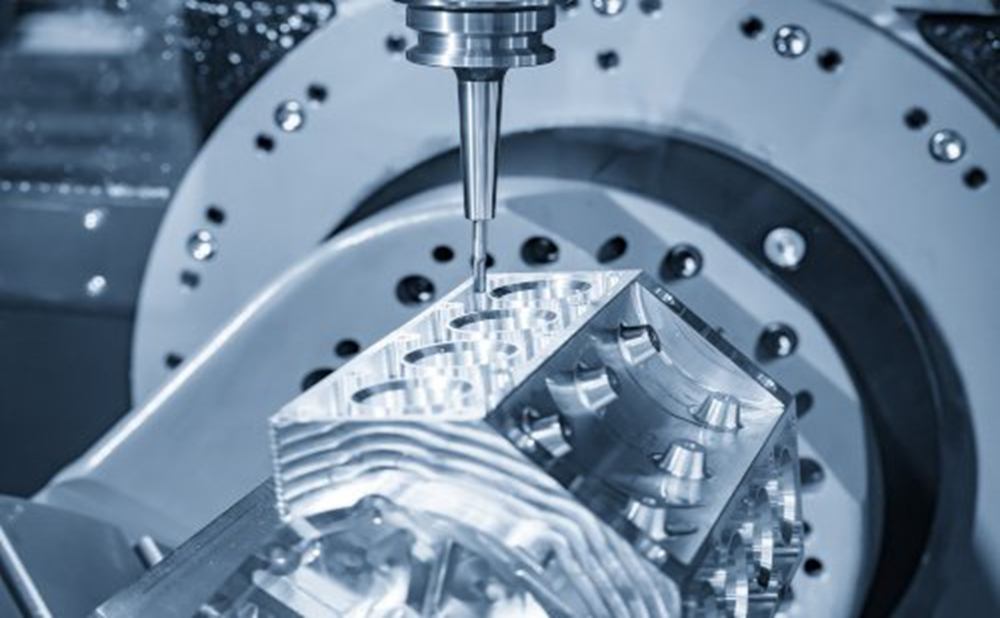
Process performance and requirements:
Heat treatment:
Unless otherwise specified, alloy forgings undergo solution heat treatment. The solid solution heat treatment temperature is heating at 1177°C, followed by rapid air cooling or water quenching. Thermoformed parts should be solution heat treated before final manufacturing and installation.
Rapid solidification:
For high-temperature alloys obtained by rapid solidification, the structure of the alloy is refined, segregation is reduced, and the basic supersaturation and defects of the solid solution are increased, thereby improving the structure of the alloy and giving full play to the effects of the various strengthening methods mentioned above. It turns out that a good structure cannot be obtained under general coagulation conditions, but an excellent, non-equilibrium state structure can be obtained under rapid coagulation conditions. For example, under rapid solidification conditions, the main strengthening phase of nickel-based high-temperature alloying can be not only the traditional γ ′ phase, but also a large number of uniform and fine carbide and boride phases, α-Mo phase, etc. Under rapid solidification conditions, these phases play a strengthening role due to uniform and fine aging precipitation or eutectic precipitation.
Forming:
The alloy has good processing properties and is best formed by cold working. Due to its good toughness, it is easily cold worked. This alloy is generally harder than austenitic stainless steel and therefore requires more energy during cold working.
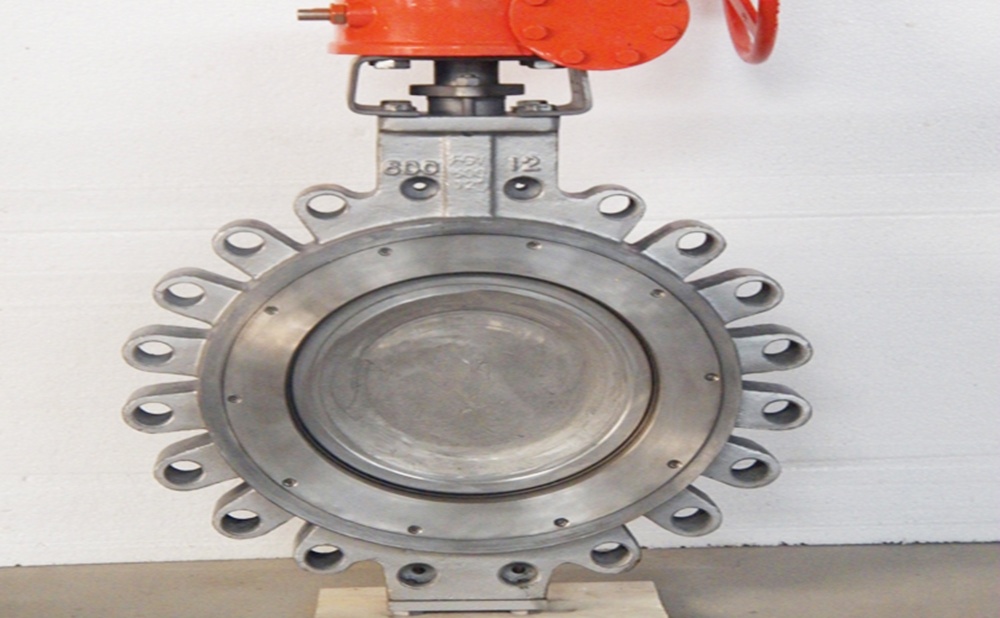
Contact:
Email: Maggie@kesugroup.com,
WhatsApp: +86 135-3842-1321
Our engineer team are ready for your projects and provide feedback quickly.

